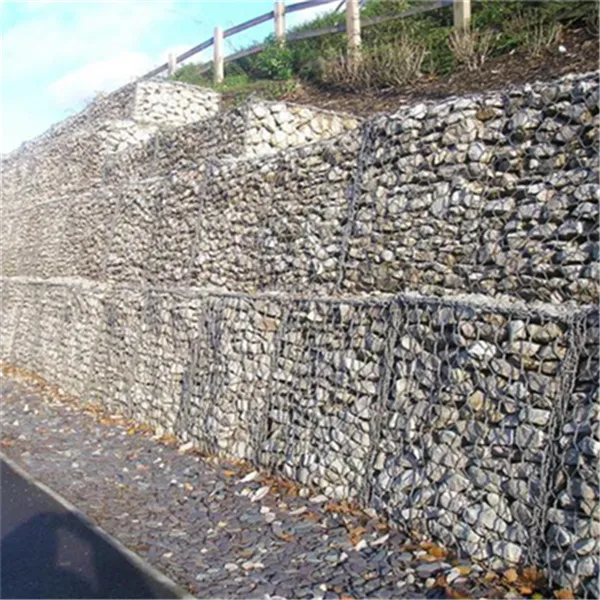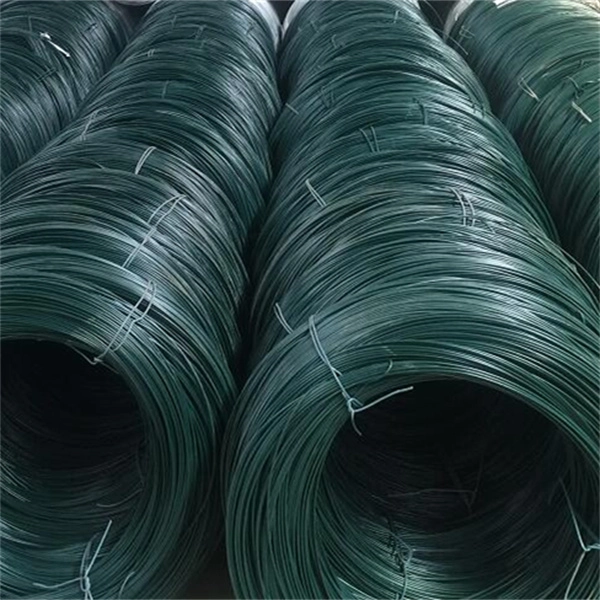फरवरी . 12, 2025 17:38 Back to list
gabion wall maintenance
Gabion walls, recognized for their durability and aesthetic appeal, have become popular solutions for erosion control, landscaping, and structural support. However, maintaining these structures is crucial to their longevity and effectiveness. Drawing from extensive experience and expertise in the field, this article provides a comprehensive guide on gabion wall maintenance, highlighting best practices to ensure that these structures remain robust and reliable.
Vegetation around gabion walls can have both positive and negative effects. On the one hand, plants can enhance the aesthetic value and help with erosion control. On the other hand, invasive roots can compromise the wall's structure. Regularly trim vegetation and remove any that appears to pose an immediate threat to the gabion’s integrity. Consulting with a landscaping expert can help in selecting plants that are compatible with gabion walls. Professional consultation remains an integral part of gabion wall maintenance. Employ experienced professionals for major repair works to ensure technical accuracy and safety. They have the expertise to diagnose potential issues that might not be recognizable to the untrained eye. A professional assessment every five years can save significant costs in the long-term and improve the lifetime of the wall. Moreover, the location of the gabion wall significantly influences its maintenance needs. Walls subjected to constant water flow or those in flood-prone areas require more frequent checks and reinforcements. For these walls, consider adding geotextiles behind or within the gabions to improve stability and reduce soil pressure. Lastly, building community knowledge around gabion wall maintenance can enhance trust and usability of these structures. Sharing insights and experiences through local workshops or online platforms helps raise awareness about potential challenges and solutions. Such engagements not only empower those maintaining gabion walls but also establish a network of knowledgeable individuals ready to provide authoritative advice and assistance when needed. In conclusion, the longevity and effectiveness of gabion walls depend on regular maintenance, timely professional intervention, and the quality of materials used. By adhering to these practices, these versatile structures can continue to offer durable and environmentally friendly solutions to erosion control and landscaping challenges for many years.


Vegetation around gabion walls can have both positive and negative effects. On the one hand, plants can enhance the aesthetic value and help with erosion control. On the other hand, invasive roots can compromise the wall's structure. Regularly trim vegetation and remove any that appears to pose an immediate threat to the gabion’s integrity. Consulting with a landscaping expert can help in selecting plants that are compatible with gabion walls. Professional consultation remains an integral part of gabion wall maintenance. Employ experienced professionals for major repair works to ensure technical accuracy and safety. They have the expertise to diagnose potential issues that might not be recognizable to the untrained eye. A professional assessment every five years can save significant costs in the long-term and improve the lifetime of the wall. Moreover, the location of the gabion wall significantly influences its maintenance needs. Walls subjected to constant water flow or those in flood-prone areas require more frequent checks and reinforcements. For these walls, consider adding geotextiles behind or within the gabions to improve stability and reduce soil pressure. Lastly, building community knowledge around gabion wall maintenance can enhance trust and usability of these structures. Sharing insights and experiences through local workshops or online platforms helps raise awareness about potential challenges and solutions. Such engagements not only empower those maintaining gabion walls but also establish a network of knowledgeable individuals ready to provide authoritative advice and assistance when needed. In conclusion, the longevity and effectiveness of gabion walls depend on regular maintenance, timely professional intervention, and the quality of materials used. By adhering to these practices, these versatile structures can continue to offer durable and environmentally friendly solutions to erosion control and landscaping challenges for many years.
Next:
Latest news
-
Visualizing Gabion 3D Integration in Urban Landscapes with Rendering
NewsJul.23,2025
-
The Design and Sustainability of Gabion Wire Mesh Panels
NewsJul.23,2025
-
The Acoustic Performance of Gabion Sound Barriers in Urban Environments
NewsJul.23,2025
-
Mastering the Installation of Galvanized Gabion Structures
NewsJul.23,2025
-
Gabion Boxes: Pioneering Sustainable Infrastructure Across the Globe
NewsJul.23,2025
-
Custom PVC Coated Gabion Boxes for Aesthetic Excellence
NewsJul.23,2025
-
Installation Tips for Gabion Wire Baskets in Erosion Control Projects
NewsJul.21,2025
Manufacturer of Silk Screen Products
QuanhuaProvide high-quality products and services to global customers.






